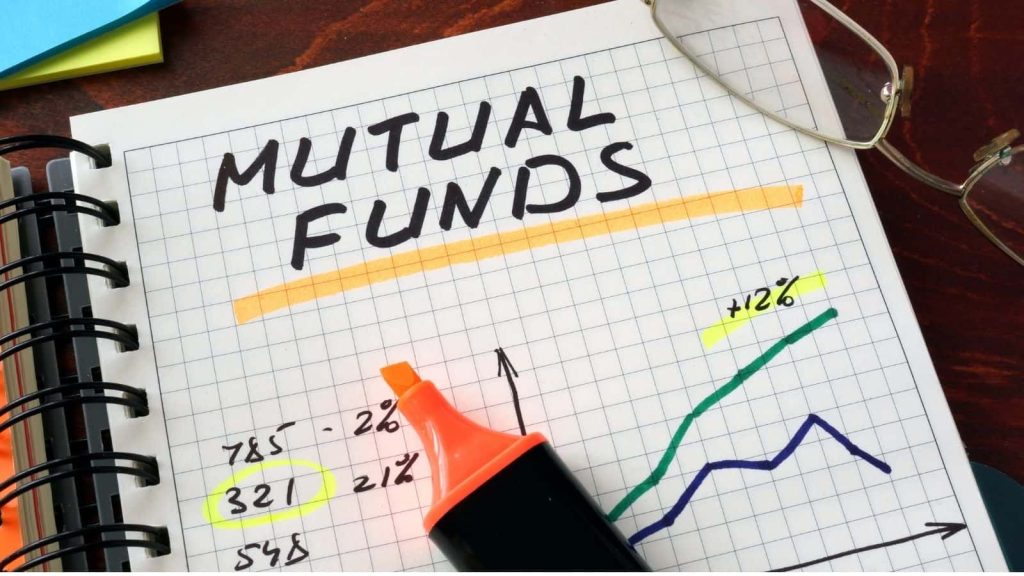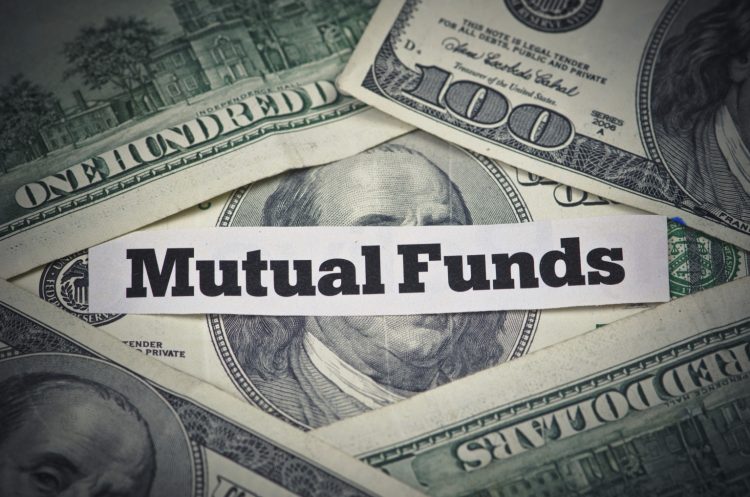Introduction
Market volatility, driven by factors such as economic uncertainty, geopolitical tensions, inflation concerns, and monetary policy changes, has become an increasingly prevalent issue for investors in recent years. As stock markets fluctuate and risk exposure rises, finding effective risk hedging strategies becomes a top priority for investors looking to preserve capital while achieving reasonable returns.
One of the most popular ways to hedge against market volatility is through mutual funds, which offer diversification and professional management. But with so many different types of mutual funds available—each with its own risk and return profile—investors may struggle to determine which ones will provide the best protection against market turbulence.
In this article, we will explore various types of mutual funds that can help investors effectively hedge risk during periods of market volatility. We will examine their key features, how they function in volatile environments, and which investor profiles they are most suitable for.
I. Understanding Market Volatility and Its Impact on Investments
Before diving into the types of mutual funds that can hedge risk, it’s important to understand what we mean by market volatility and how it affects investments:
- Market Volatility: Market volatility refers to the degree of fluctuation in the prices of financial assets, such as stocks, bonds, and commodities, over a short period of time. High volatility typically indicates significant market uncertainty, where asset prices can experience sharp increases or declines in a short period.
- Impact on Investments: During periods of heightened volatility, equities, in particular, tend to experience large swings in value. As a result, investors may seek investment options that can help them reduce potential losses or provide stability while still achieving some level of return.
II. Types of Mutual Funds That Can Hedge Against Market Volatility
Here are several types of mutual funds that are particularly effective at hedging against market volatility:
1. Balanced Funds (Hybrid Funds)
Balanced funds, also known as hybrid funds, are designed to provide a combination of equity exposure and fixed-income investments, offering investors a diversified portfolio that can weather volatility better than funds with a concentrated position in equities.
- Asset Allocation: These funds typically invest in both stocks and bonds, with the goal of achieving moderate growth while reducing risk compared to an equity-only fund. The stock portion provides growth potential, while the bond portion provides stability and income.
- Risk Reduction: The mix of asset classes allows balanced funds to provide a cushion against sharp declines in equity markets. If stocks experience volatility, the bond component can help reduce overall portfolio fluctuations. However, the degree of risk protection depends on the fund’s specific allocation (e.g., 60% stocks, 40% bonds or vice versa).
- Who Should Consider This? Balanced funds are suitable for investors seeking moderate risk levels and capital growth, but with some protection from volatility. These funds are often recommended for retirement accounts or for investors looking for a long-term, diversified approach.
2. Target-Date Funds
Target-date funds are mutual funds designed to automatically adjust their asset allocation based on a specific target date, such as a retirement date. These funds become more conservative as they approach the target date, gradually shifting from equities to bonds and cash equivalents.
- Risk Mitigation Over Time: In the years leading up to the target date, the fund is more heavily invested in stocks for growth. As the target date nears, the allocation gradually shifts towards more conservative assets, such as bonds and cash equivalents, in order to protect against the volatility of the stock market.
- Hedging Against Volatility: Because target-date funds are automatically adjusted to become more conservative as you approach your target date, they provide a natural hedge against market volatility in the later years of an investor’s time horizon. This approach is particularly appealing to investors who prefer a set-it-and-forget-it strategy for retirement.
- Who Should Consider This? These funds are ideal for retirement investors or those with a specific investment horizon who want an automated, hands-off approach that adapts to changing risk levels over time.
3. Bond Funds
Bond funds primarily invest in debt securities and are known for their relative stability compared to equities. Bonds typically have less price volatility, especially in comparison to stocks, which makes bond funds an attractive option during times of market turmoil.
- Types of Bond Funds:
- Government Bond Funds: These funds invest in bonds issued by government entities (e.g., U.S. Treasuries, municipal bonds). These funds tend to be very low-risk because government bonds are backed by the government.
- Corporate Bond Funds: These invest in bonds issued by corporations. While generally safer than stocks, corporate bonds do carry some credit risk, which means bond prices can fluctuate with changes in interest rates or corporate creditworthiness.
- Inflation-Protected Bond Funds: Funds that invest in Treasury Inflation-Protected Securities (TIPS) can hedge against inflation and offer protection during periods of rising inflation. The principal value of TIPS rises with inflation, helping protect purchasing power.
- Risk Reduction: During periods of market volatility, bonds typically perform better than stocks because their price fluctuations are generally less severe. Furthermore, when interest rates rise (as they often do during inflationary periods), bonds can provide a predictable income stream.
- Who Should Consider This? Bond funds are suitable for conservative investors or those looking for capital preservation and income rather than growth. They are particularly useful for those nearing retirement or investors who need stable cash flow.
4. Hedged Equity Funds
Hedged equity funds are actively managed mutual funds that use a variety of strategies to reduce risk while maintaining exposure to equities. These strategies may include short-selling, options trading, or derivative contracts to hedge against market declines.
- Risk Mitigation Through Hedging: These funds aim to protect against downside risk while still participating in the upside potential of the stock market. They typically employ hedging techniques such as using put options to limit losses or employing market-neutral strategies.
- Performance in Volatile Markets: Hedged equity funds tend to perform better than traditional equity funds during volatile market periods. The use of hedging strategies can help mitigate large drawdowns and reduce overall portfolio risk. However, they are actively managed and may incur higher fees than traditional equity funds.
- Who Should Consider This? Hedged equity funds are best suited for investors seeking growth with risk management, especially those who want to maintain equity exposure but are concerned about market downturns. These funds can be used as a hedge within a larger portfolio to reduce volatility.

5. International and Emerging Market Funds
International and emerging market mutual funds provide exposure to stocks and bonds outside of the investor’s home country, often diversifying into economies that are less correlated with domestic markets. During periods of heightened volatility in the U.S. or Europe, these funds can provide diversification and help mitigate overall portfolio risk.
- Global Diversification: Investing in international and emerging market funds helps reduce country-specific risk. When one market is volatile, others may be experiencing growth, which can buffer the overall portfolio from downturns in a single region.
- Risk Considerations: While these funds can provide excellent diversification, emerging markets in particular can carry higher political and economic risks. Volatility in emerging markets tends to be higher, but they may provide greater growth potential in the long term. For investors in mature markets like the U.S., international exposure can provide a hedge against domestic volatility.
- Who Should Consider This? These funds are suitable for investors looking to diversify beyond domestic markets and reduce concentration risk. They are ideal for those with a longer-term horizon who can accept some level of increased risk in exchange for potentially higher returns.
6. Market Neutral Funds
Market neutral funds aim to eliminate market risk by taking both long and short positions in various securities, with the goal of neutralizing the effects of market movements. These funds generally seek to provide positive returns regardless of the overall direction of the market.
- Low Correlation with Market: The goal of market-neutral funds is to generate returns that are uncorrelated with the broader market. This makes them effective in periods of market volatility because they are designed to perform well even when the overall market is falling.
- Performance and Risk: Market neutral funds typically employ quantitative models or fundamental analysis to create portfolios with low risk of losing capital. They are often used by institutional investors or those seeking to protect against market downturns while preserving capital.
- Who Should Consider This? Market neutral funds are best suited for investors looking for absolute returns rather than trying to match market benchmarks. They are especially useful for those seeking capital preservation and are willing to accept lower expected returns in exchange for reduced risk.
III. Conclusion
As market volatility continues to be a significant concern for investors, mutual funds offer a range of strategies to hedge risk and preserve capital. Whether you are looking for diversification, income, or protection from downside risk, there are several types of mutual funds that can provide valuable risk management in volatile markets.
- Balanced funds and target-date funds are great choices for investors seeking moderate risk and diversification.
- Bond funds and inflation-protected funds provide more conservative options for those focused on capital preservation and stable income.
- Hedged equity funds and market neutral funds are well-suited for those who want to maintain equity exposure but reduce market risk.
- International and emerging market funds can provide diversification and hedge against domestic market fluctuations.
Ultimately, the best mutual fund for hedging risk depends on your investment objectives, risk tolerance, and time horizon. By carefully selecting mutual funds that align with your goals, you can navigate market volatility more effectively and position yourself for long-term success.

















































